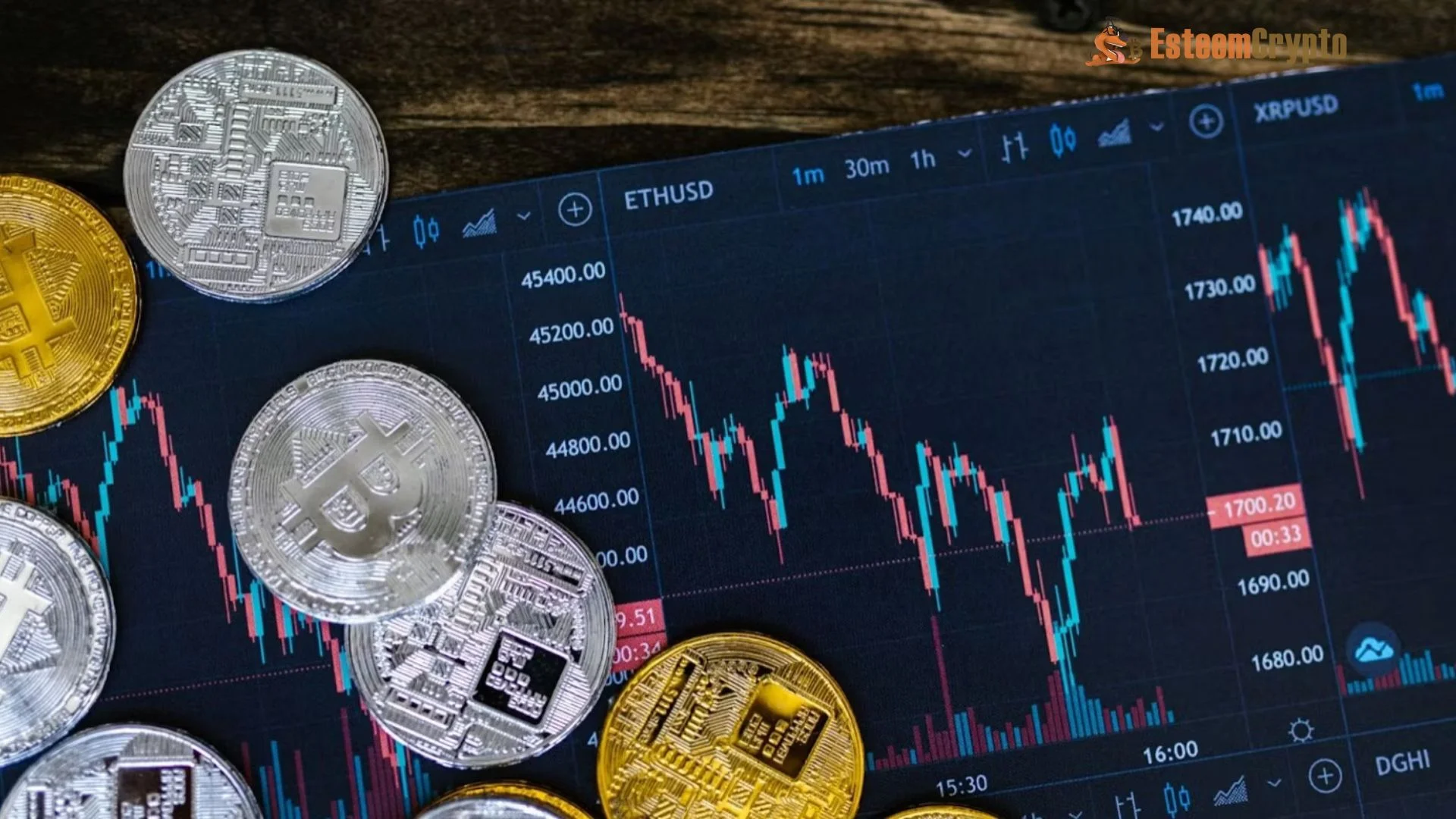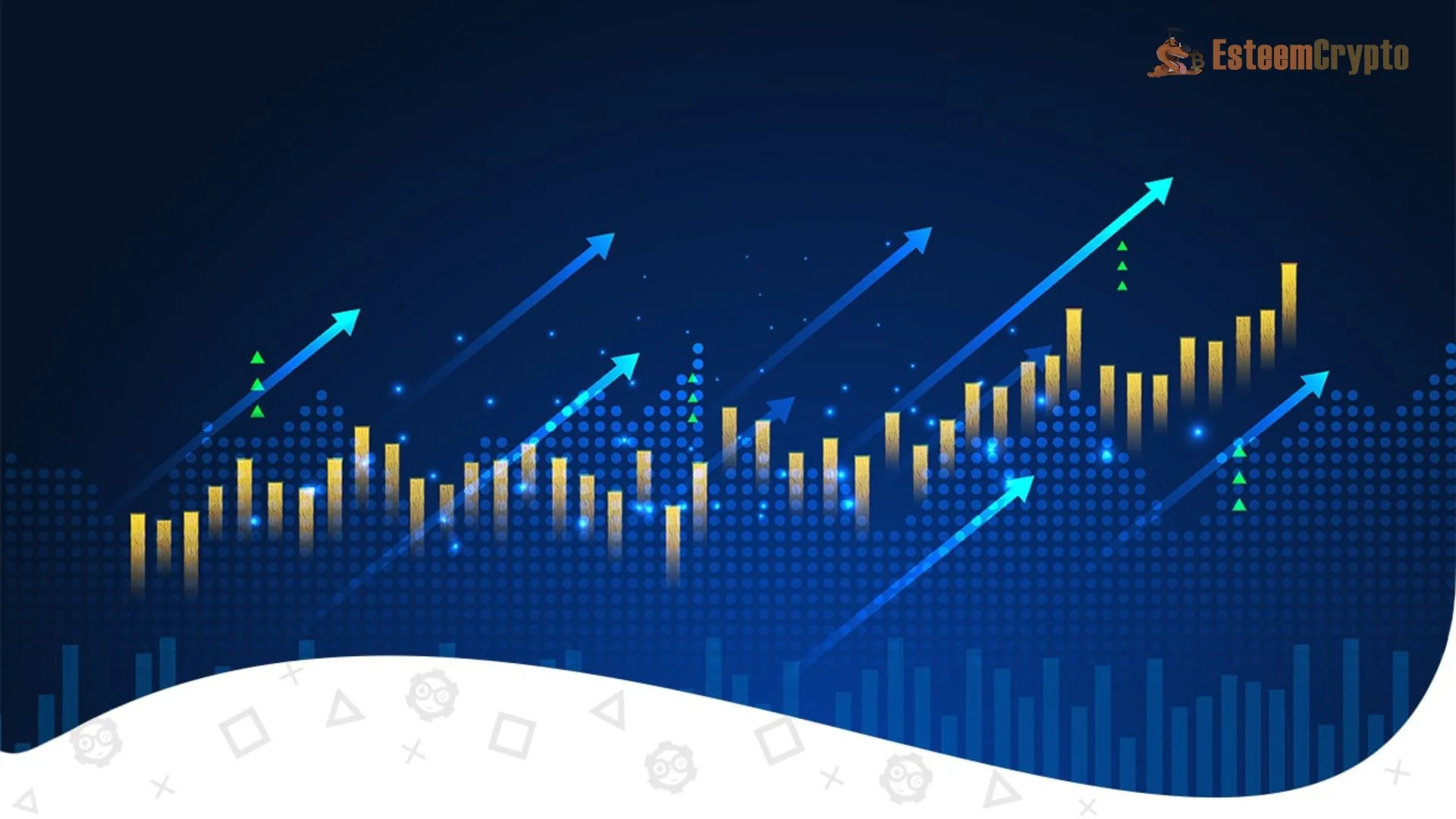Crypto Volume Tracker: The Pulse of the Cryptocurrency Market

Crypto Volume Tracker: New investing opportunities and threats have emerged with the rise of cryptocurrencies. Investors of all experience levels would do well to familiarize themselves with the characteristics of the market in this dynamic and fast-changing industry. The trading volume of cryptocurrencies is one of the most important indicators of market health and trends. To successfully navigate this unpredictable market, a crypto volume tracker is a necessary tool.
What Is Crypto Trading Volume?
Crypto trading volume measures the overall amount of a specific cryptocurrency that has changed hands within a specific period. The time intervals that can be used to measure this include hourly, daily, weekly, and monthly intervals. The level of trading activity provides a clear picture of the market’s liquidity and activity. An active market and high liquidity level make it easy to buy and sell cryptocurrencies with little impact on their prices, and strong trading volumes are an indication of both. On the other hand, heightened price volatility can result from low trading volumes that suggest diminished liquidity or interest.
Why Is Tracking Crypto Volume Important?
- Market Sentiment: Volume is a strong indicator of market sentiment. A spike in trading volume often signals a major event or shift in investor sentiment. For example, a sudden increase in Bitcoin’s volume could indicate a surge in buying interest, possibly due to positive news or a major endorsement.
- Price Validation: Price movements backed by significant trading volume are generally considered more reliable. If the price of a cryptocurrency rises on high volume, it suggests that the price change is backed by strong investor conviction. On the other hand, a price increase on low volume might be a sign of market manipulation or a lack of broader market support.
- Identifying Trends: Analyzing trading volume over time can help in identifying trends and potential reversals. For instance, if a cryptocurrency is in a downtrend but suddenly experiences a surge in volume, it might be an early signal of a trend reversal.
- Liquidity Assessment: High trading volume usually correlates with higher liquidity. This is particularly important for large investors (whales) who need to buy or sell large quantities of cryptocurrency without drastically affecting the market price.
How to Track Crypto Volume
There are various tools and platforms available to track crypto trading volumes. These tools range from basic volume charts on exchanges to more sophisticated platforms that offer detailed analytics and insights.
- Crypto Exchanges: Most cryptocurrency exchanges provide basic volume information for each trading pair. For example, platforms like Binance, Coinbase, and Kraken display the trading volume for Bitcoin, Ethereum, and other altcoins. These figures are often available in real time, allowing traders to make informed decisions quickly.
- Crypto Market Data Aggregators: Websites like CoinMarketCap, CoinGecko, and CryptoCompare aggregate data from multiple exchanges to provide a more comprehensive view of trading volumes across different markets. These platforms often offer advanced tools for comparing volumes across different time frames and exchanges.
- Blockchain Explorers: For a more granular view, blockchain explorers like Etherscan or Blockchain.info provide detailed transaction data that can help in understanding the volume of transactions occurring on the blockchain. This is particularly useful for tracking the volume of decentralized exchanges (DEXs), where trades happen directly on the blockchain.
- Advanced Trading Platforms: For professional traders, platforms like TradingView offer advanced charting tools that allow for in-depth analysis of trading volume. These platforms enable users to overlay volume data with other technical indicators, providing a more holistic view of market conditions.
Considerations When Using a Crypto Volume Tracker
While tracking volume is crucial, it’s essential to consider other factors to get a complete picture of the market.
Fake Volume and Wash Trading
The reported volume is not always accurate. Wash trading is a practice that some exchanges use to make it look like more deals are happening than they are. This could give the false impression to investors that a cryptocurrency is doing better than it actually is. Data from reliable sources should be used, and the danger of false volume should be kept in mind.
Volume Across Exchanges
Due to differences in user base, geographic focus, and market conditions, different exchanges might have completely different volumes for the same coin. A more complete view of market activity can be obtained by tracking volume across many exchanges.
Time of Day and Market Cycles
Depending on the market cycles and the time of day, volume can fluctuate dramatically. During the opening hours of important financial markets, for example, volume may be higher than usual. Market cycles, such as bull or bear markets, can also greatly affect trade volume.
Volume-Weighted Average Price (VWAP)
A security’s volume-weighted average price (VWAP) is a measure of its average trading price for the day. A more precise depiction of the average price at which a cryptocurrency has traded is provided by it, making it a valuable tool for both entering and exiting the market.
The Future of Crypto Volume Tracking
Tools and procedures for monitoring trading volume are expected to advance in sophistication as the bitcoin market grows older. You can expect on-chain volume tracking to play a bigger role in the future of decentralized finance (DeFi) and decentralized exchanges. To further aid traders and investors in making well-informed decisions, volume-tracking tools that use artificial intelligence and machine learning have the potential to deliver deeper insights and predictive analytics.
How volume data is reported and used may also be influenced by regulatory developments. Global regulators are pushing for greater openness in the Bitcoin sector, and uniform reporting requirements have the potential to provide more consistent and trustworthy volume data.
Conclusion
Anyone seeking to make educated trading selections in the volatile and fast-paced cryptocurrency market must have a crypto volume tracker. Traders and investors find their way through the crypto market’s complexity with the help of volume tracking, which gives insights into market mood, price validation, trends, and liquidity. Be wary of possible traps like phony volume and market manipulation, and use volume data alongside other indicators. Traders will have the data they need to thrive in a constantly changing market since volume-tracking technologies and tactics are constantly improving.




